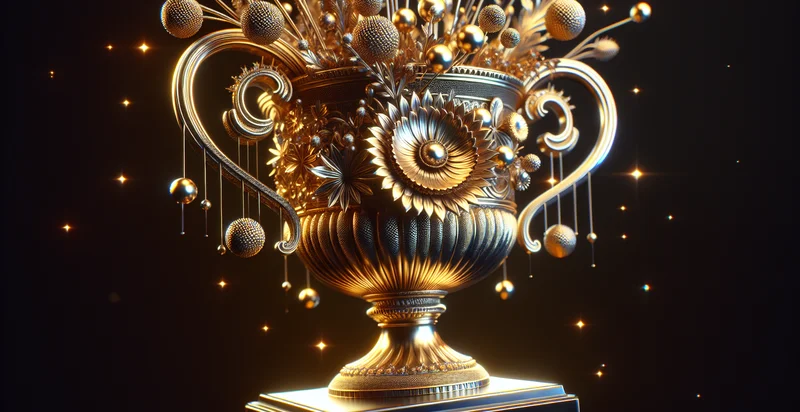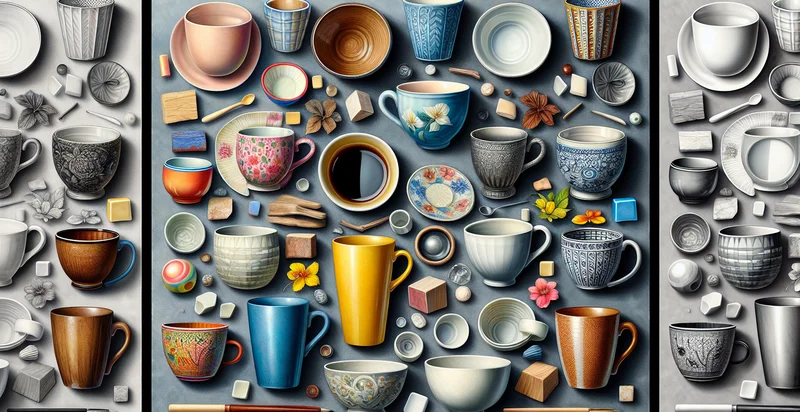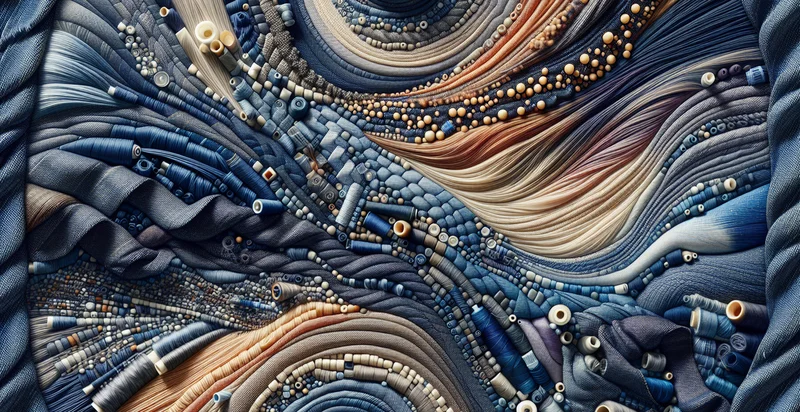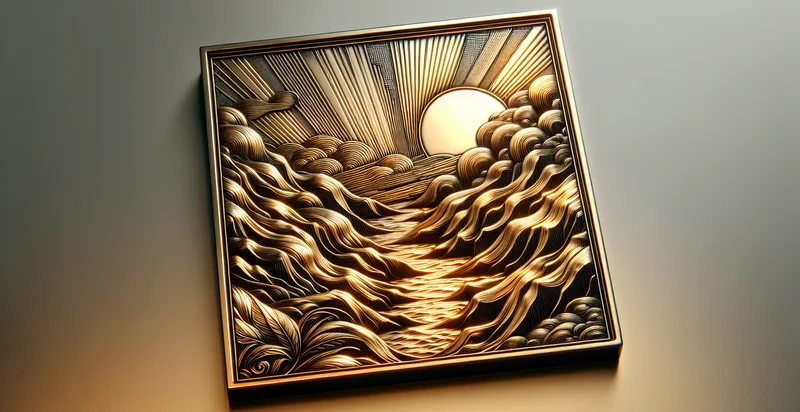Identify what material a trophy is made from
using AI
Below is a free classifier to identify what material a trophy is made from. Just upload your image, and our AI will predict what material a trophy is made from - in just seconds.

Contact us for API access
Or, use Nyckel to build highly-accurate custom classifiers in just minutes. No PhD required.
Get started
import nyckel
credentials = nyckel.Credentials("YOUR_CLIENT_ID", "YOUR_CLIENT_SECRET")
nyckel.invoke("what-material-a-trophy-is-made-from", "your_image_url", credentials)
fetch('https://www.nyckel.com/v1/functions/what-material-a-trophy-is-made-from/invoke', {
method: 'POST',
headers: {
'Authorization': 'Bearer ' + 'YOUR_BEARER_TOKEN',
'Content-Type': 'application/json',
},
body: JSON.stringify(
{"data": "your_image_url"}
)
})
.then(response => response.json())
.then(data => console.log(data));
curl -X POST \
-H "Content-Type: application/json" \
-H "Authorization: Bearer YOUR_BEARER_TOKEN" \
-d '{"data": "your_image_url"}' \
https://www.nyckel.com/v1/functions/what-material-a-trophy-is-made-from/invoke
How this classifier works
To start, upload your image. Our AI tool will then predict what material a trophy is made from.
This pretrained image model uses a Nyckel-created dataset and has 20 labels, including Acrylic, Aluminum, Bronze, Ceramic, Composite, Copper, Fabric, Foam, Glass and Gold.
We'll also show a confidence score (the higher the number, the more confident the AI model is around what material a trophy is made from).
Whether you're just curious or building what material a trophy is made from detection into your application, we hope our classifier proves helpful.
Related Classifiers
Need to identify what material a trophy is made from at scale?
Get API or Zapier access to this classifier for free. It's perfect for:
- Event Awards Evaluation: Organizers of competitions can use the false image classification function to quickly determine the material composition of trophies they intend to award. This will ensure that the trophies match the prestige of the event, maintaining a consistent brand image and quality.
- Antique Appraisal: Antiquities experts and appraisers can leverage the function to identify the materials used in vintage trophies. Accurate material identification aids in valuation, restoration decisions, and authentication processes to enhance the historical significance.
- Manufacturing Quality Control: Trophy manufacturers can use the classification tool to verify that the correct materials are used in production. By automating this process, companies can reduce errors, maintain quality standards, and uphold customer satisfaction.
- Sustainability Audits: Organizations focused on sustainability can utilize the function to assess the materials of existing trophies and identify opportunities for more eco-friendly alternatives. Understanding the material composition helps in determining recycling methods and promoting greener practices in event branding.
- Customization Insights: Businesses offering customized trophies can use the identifier to gather insights on popular materials used in competition awards. This data can help shape product offerings and refine marketing strategies to appeal to specific audiences.
- Sports Memorabilia Verification: Collectors and dealers of sports memorabilia can use this function to verify the materials of trophies being sold or traded. Confirming authenticity through material identification adds value to the item and builds trust in the collectibles market.
- Event Promotion Strategies: Event planners can analyze what materials different trophies are made of to tailor promotional strategies for future competitions. By aligning trophy materials with event themes and values, planners can enhance the overall appeal and engagement of their events.


